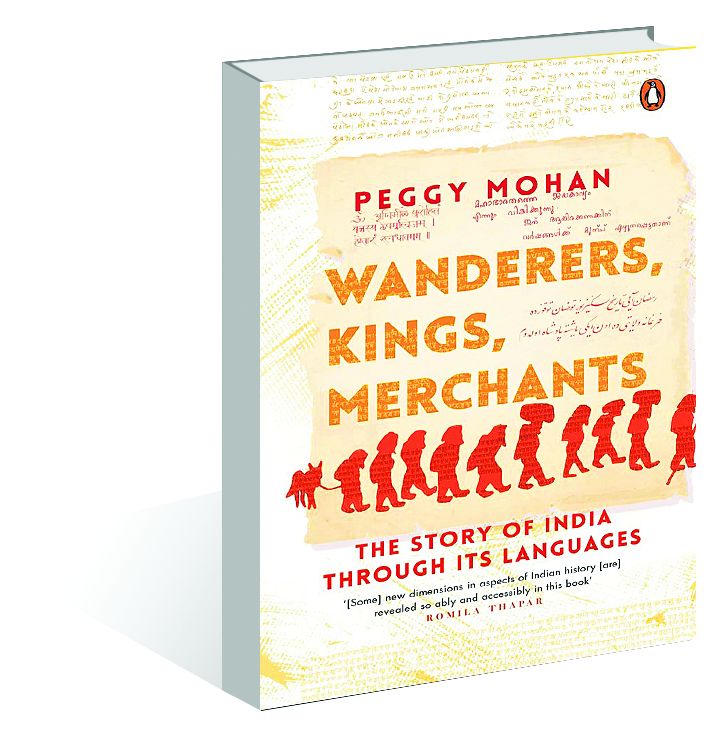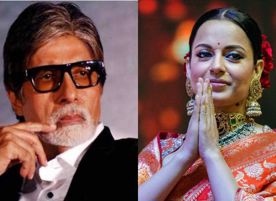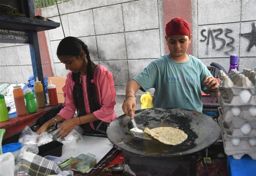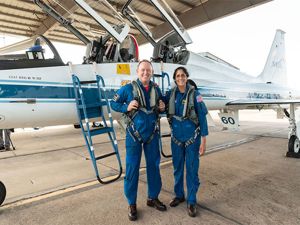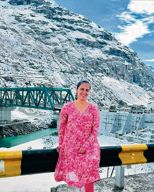Wanderers, Kings, Merchants: The Story of India through its languages by Peggy Mohan. Penguin Random House. Pages 352. Rs599
Book Title: Wanderers, Kings, Merchants: The Story of India through its languages
Author: Peggy Mohan
Pushpinder Syal
Peggy Mohan’s book tells a story of language, which is that of a fascinating process of mixing and adaptation through time. Language, in its very existence and evolution, resists the notion of purity, and linguistic archeology and genetics are connected in telling us that linguistic purity, like racial purity, is an improbable idea.
The history of Indian languages, like many languages spread over the globe, shows that the infusions from one language to another are intertwined with the histories of earlier people and later settlers, ‘a fusion between people that got mirrored in the language they made’. This approach towards language looks at the evolution of languages as a process through time — this is called ‘diachronic’ — rather than the study of the form of the language, which is ‘synchronic’ (though both are related — in studying language forms, we find ‘code-switching’, which is how bilinguals alternate between two languages in their speech).

The process involves structural changes in languages, such as in the grammar and sound system and these reveal the trajectory and relationships that develop between languages. Each language has a DNA made up of intertwined strands, revealed through forensic investigation, and supported by historical evidence.
In the chapter on the hidden story of Sanskrit, the veil is drawn back on the discovery that Sanskrit and Dravidian languages intermingled in the pre-Rig Vedic time and through the Vedic era, traced through markers such as the cropping up of a series of sounds in Sanskrit which were not originally in its sound system, but entered later through ‘other’ languages, that is, the languages of the earlier people. These people, though conquered, retained their speech habits, their language forming a ‘substratum’, which refers to the base of those languages that continues and interpenetrates the `invading’ language, resulting in mixed forms which then develop into new languages. Loan words may be brought in, but the unique substratum remains.
The point is that Sanskrit did not enter a land of people who had no earlier languages — there were local languages, the languages of what Mohan calls the ‘little people’. Later, mixed languages emerged, accepting parts of Prakrit and Sanskrit (e.g. words, word endings), but retaining a lot of their base in sounds and grammar.
This is not so far-fetched as it might seem. If we hold on to the idea of a ‘proto Indo European’, we can also consider the notion of a ‘proto-Sanskrit,’ or ‘ur-Rig Vedic Sanskrit’ which changed with layers of some of the Dravidian languages becoming part of its structure. To develop these ideas, Mohan draws on the work of the linguist Madhav Deshpande, who himself had to face stiff resistance to his presentation of evidence of the interface between Sanskrit and Dravidian languages. Continuing the metaphor from genetics, it is indeed the case that languages become genetically modified as they travel through time and space with their ‘bearers’, i.e. their native speakers.
Language is divided unevenly in societies — there are important gender divides and class divides. The male predominance of an invading language, combined with power, holds sway, while the local languages become languages of the home, of the females, of ‘mothers’. In that sense, Sanskrit is more the ‘father’ than the ‘mother’ as it is fancied. Mohan also describes the unexpected twists and turns that show the pace of movement from Persian to Uzbek to Turki to Urdu, following the conquerors and their descendants that traversed these lands. Not only Amir Khusro, but Ghalib’s father’s family was from Samarkhand, the poets whose language reveals the extraordinary world of the fusion of thought and culture that we inherit.
The lucidity and straightforwardness of Peggy Mohan’s argument enables this story-telling in a gripping narrative, strengthened by the author’s credentials as a researcher and teacher of linguistics in the United States and India. The story is not about Sanskrit alone —– it moves through the growth of Indo Aryan languages, West Indian creoles, European languages, Urdu/Hindi and Indian English, the last being a hybrid grass growing in the smooth lush grass of English, like the notorious ‘congress grass’.
The ‘wanderers, kings and merchants’ of the title may include the scholars and the poets. The wonderful history of languages in many parts of the world, told with such feeling, displays the range of processes of dialect formation, diglossia, pidgins, creoles, and how it happens — through cultural domination, migration, mixing, and importantly, through the tenacity of humans to stick to their language until it ends with their own extinction.






